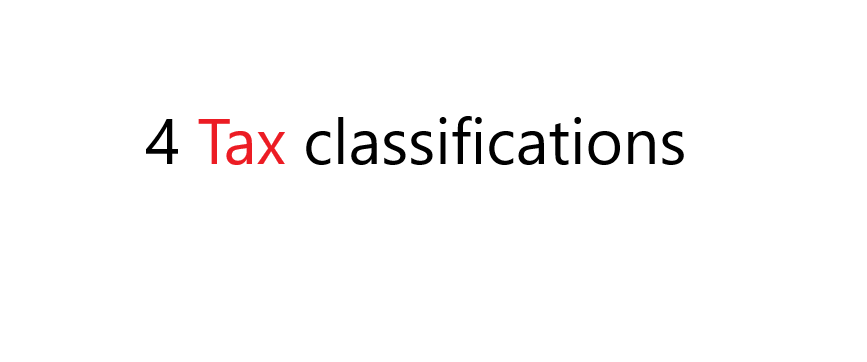In the US there are around 12 Tax classifications
In the us there are around 12 Tax classifications but in this post, we are only going to mention 4 of them. Why? Because we are interested in dividend investing.

4 Tax classifications
- Dividends
- Interest
- Capital gains
- Return of capital
Return of Capital
Return of capital(ROC) is not Taxed. It’s a return of the initial money from an investment that is not considered a taxable event.
Example:
You invest $100 with a return of capital of 10% per year. At the end of the year, you get back $10 and your initial investment now is worth $90.
So in reality you have not make any profit therefore, there is nothing to tax.
Dividend
Dividend is a distributions of profits earned by a business to all the people that own shares of the company.
- Quality dividends are not taxed
- Non-qualify dividends are taxed
Example:
You invest $100 with a dividend rate of 10% per year. You get back $10 and your initial investment now is $100.
The $10 is taxed if it’s a non-qualify dividend or it’s not taxed if it’s a qualify dividend.
Qualify dividend usually are base on the current year tax brackets and how much is your total earned income.
Interest
Is the amount paid to you for lending your money. It’s the same as non qualify dividends. The only difference is that interest is when you lend money and dividend is when you invest money.
Example:
You Lend $100 with a interest rate of 10% per year. You get back $10 and your initial investment now is $100
The $10 is taxed
Capital gains
Capital gains is when an investment increase in value and the asset is sold.
Example:
You invest $100, one year from now your investment went up by 10%. The new value of your investment is $110.
So you have $10 of unrealized gain if you don’t sale the investment.
If you decided to sell the investment at $110 then you have a $10 of realized gain, so you have to pay taxes on $10 capital gain.



